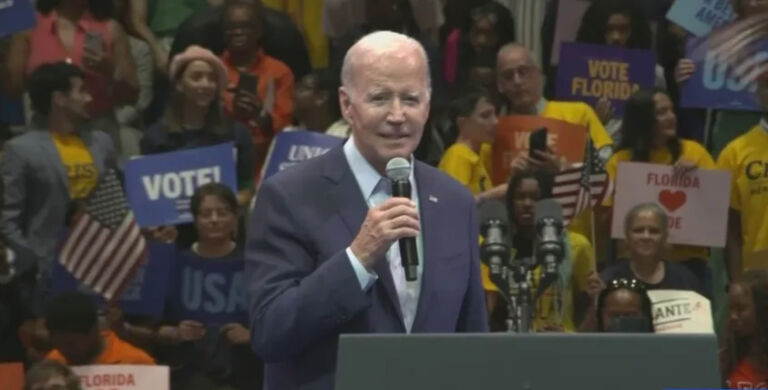North Carolina’s unemployment rate decreased again in April from March’s rate of 3.5% to 3.4% according to the latest release from the North Carolina Department of Commerce. The national rate also decreased to 3.4%.
According to the release, “The number of people employed increased 16,200 over the month to 5,012,688 and increased 24,183 over the year. The number of people unemployed decreased 4,221 over the month to 178,853 and increased 6,517 over the year.”
The unemployment rate, though important, is a lagging indicator of economic growth or decline.
The unemployment rate, and number of employed and unemployed cited above, is calculated by a survey of households. There has been a divergence over the past year, however, between this survey and the establishment survey, which surveys business payrolls to determine employment. As a result, a person with two jobs will count as one employed person in the household survey but will appear on two different payrolls, inflating the employment count on the establishment survey.
The establishment survey continues to show stronger gains, signaling an increase in people taking second jobs.
Indeed, since last year the business payroll survey registered an increase of 93,000 more jobs than the household survey in North Carolina. As inflation steams ahead, and recession looms, workers may be taking additional jobs just to stay afloat.
The state’s labor force participation rate increased for the first time in more than a year to 60.5%. Overall, the labor force has shrunk since the pandemic. Long-term trends also see labor force participation in a dramatic decline; the rate didn’t drop below 66% for the entire 1990s. If the labor force participation were back to the pre-pandemic level of 61.2% our state would have 60,067 more people in the labor force today.
Another negative economic indicator is found with decreasing working hours. Since last year, average work hours in North Carolina, though not seasonally adjusted, have decreased by 0.9%. This could be driven in part by people taking more part-time jobs.
This month’s jobs report shows a surprising year-over-year gain in real wages. Private weekly wages grew (though not seasonally adjusted) by 6.1% while annual inflation still remains hot at 4.9%. Even so, purchasing power over the last few years has decreased, leaving Americans with less money in their pockets and savings.
As North Carolina moves through its budget process, lawmakers have the opportunity to ensure our state is on sound fiscal footing, even as the nation as a whole appears to be heading into recession.


